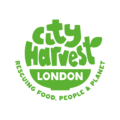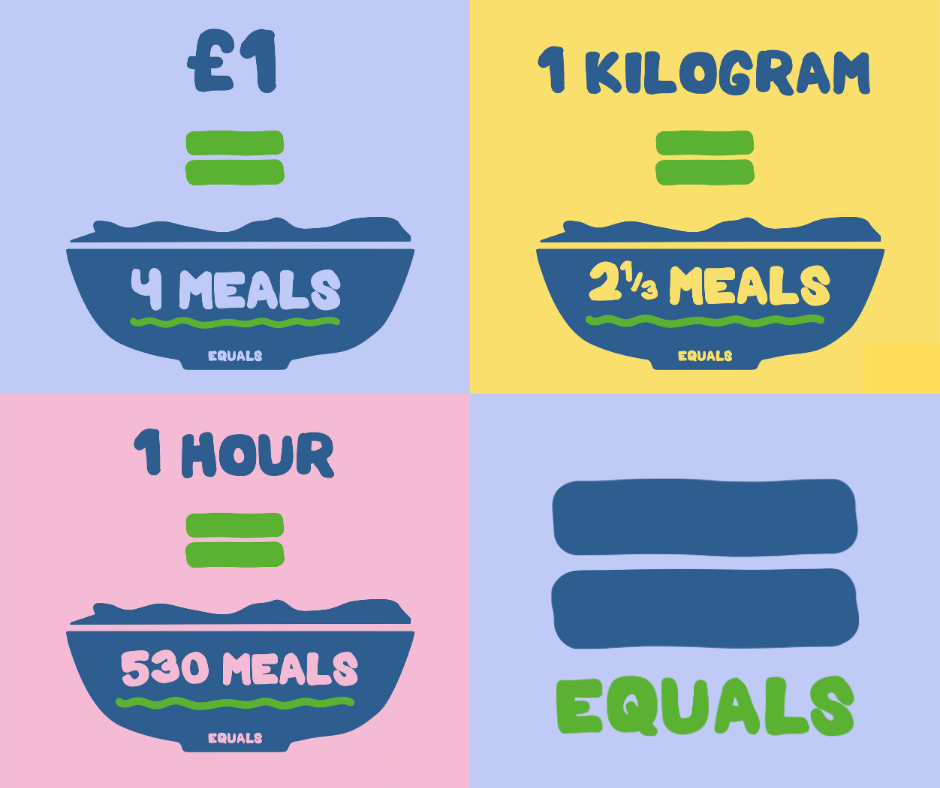Leek and Potato Soup Recipe
As we face sub-zero temperatures in the UK this January, it is most definitely soup season. Try this classic, hearty and seasonal leek and potato soup recipe to warm your soul on a cold weeknight.
Soups are a great way to use up leftover vegetables lurking in your pantry or fridge. In addition to the classic leek and potato combination, we add baby spinach here to use up the end of a bag of fresh leaves. Feel free to add any greens you might have to boost the vitamin C and iron content of this dish. This simple soup recipe comes together in no more than 30 minutes and can be kept in the fridge for a week, so is the perfect batch-cook recipe.
Ever wonder how to make better use of your vegetable peelings?
This recipe also uses a ‘zero-waste’ stock, by boiling vegetable discards in water to get as much out of your fresh ingredients as possible. Why not give it a go when making your next soup?
*Check out how to make a zero-waste vegetable stock for soups at the bottom of the recipe!
Ingredients (makes approximately 6 servings)
- 1 tbsp olive oil, or butter
- 2 large leeks, sliced
- 300 g baby spinach leaves
- 3 medium potatoes, peeled and diced
- 1 large white onion, diced
- 3 garlic cloves, finely chopped
- 750 ml vegetable stock (either homemade or using 2 x stock cubes or pots) *see below on how to make zero-waste vegetable stock.
- Salt and freshly ground black pepper to taste
Garnish
- Drizzle of extra virgin olive oil
- Pumpkin seeds or seed clusters
Serving suggestions:
- Leftover bread croutons
- Cheese on toast
- Chopped fresh herbs – parsley goes great with this soup!
Method
- Gently heat your butter or cooking oil of choice in a large, wide-bottomed and deep pan.
- Finely chop your onion, leeks and garlic. First, add the onion and leeks to the heated oil and stir gently on a medium-high heat.
- Once the leek and onions become translucent and start to sweat, add your garlic. *It is always best to add the garlic to the heat later than the other ingredients, as it can burn very easily.
- At this point, season your vegetables with salt and pepper. Add any extra oil if the mix starts to stick to your pan.
- Peel and cube your potatoes and add them to the soup pot.
- Once your stock is ready (if homemade) or dissolved in 750 ml hot water (if shop-bought), add it to the pan of vegetables.
- Turn the heat down to medium and allow the ingredients to simmer together.
- Once the potatoes are tender, and can be broken easily with the back of your wooden spoon, the soup is ready to blend.
- Using a hand-held stick blender, or blending in a food processor in batches, whizz your soup until it becomes smooth in consistency.
- Serve with croutons, seeds, olive oil or fresh herbs. If you’re not vegan and would like something indulgent to go with it, this goes great with cheese on toast – we recommend Stilton!
Zero waste vegetable stock:
*An easy, and cheap, way to make a zero-waste vegetable stock is to use your vegetable skins! Many will just chuck these straight into compost, but the skins of vegetables contain a lot of the flavour.
For this recipe, we added the ends of our leeks (and any outer layers you don’t chop for the recipe itself), onion and garlic peel, and a generous amount of salt.
- Gather your vegetable discards and peels in a bowl.
- Boil this all together in about 750 ml – 1 litre of water.
- Add any salt, pepper or aromatics (garlic or herbs) to further enhance the flavour of your stock. You can taste it as you go to check the seasoning.
- Allow it to come to a boil and let it simmer for as long as you can.
- Strain the stock to separate the peelings from the liquid and add it to your soup mixture!
- If you don’t use all the stock in the soup directly, you can also save it in the fridge or freezer to use for a soup, stew or other dish at a later date!
Enjoy this recipe?
Our recipe page hosts a variety of recipes from chefs, food partners, supporters and our charity community. If you enjoyed making this recipe, check out some more.


